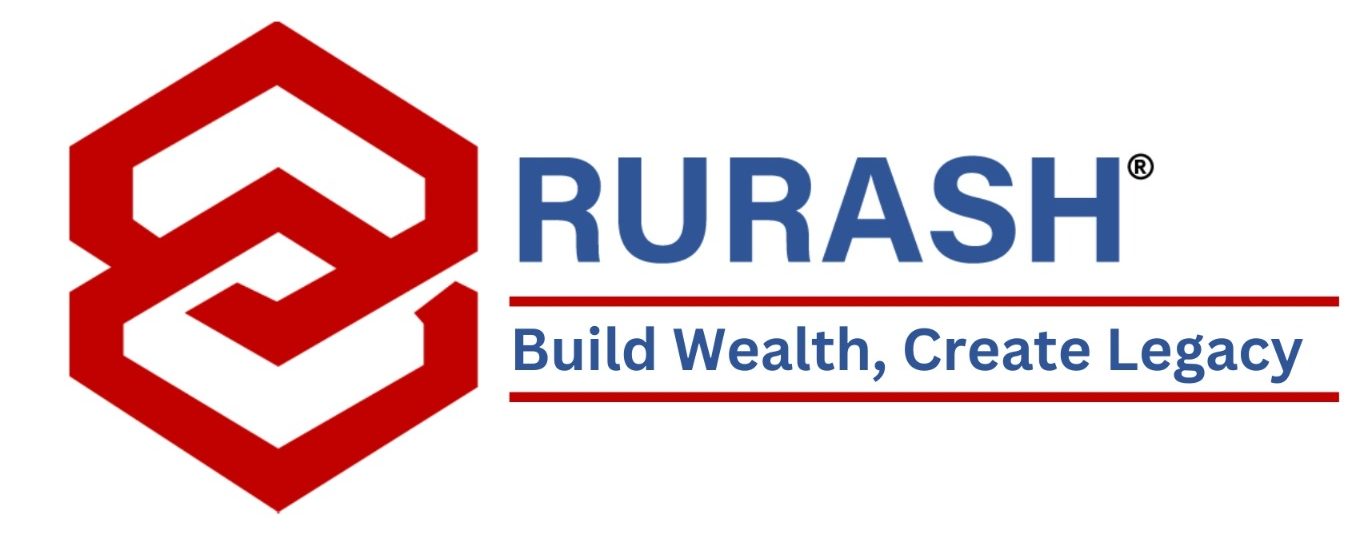T+1 Settlement in the Stock market.
The main stock exchanges in countries that settle trades within two days include Hong Kong, Singapore, Japan, Australia, and South Korea. On the other side, Indian exchanges began a phased move to T+1 settlement on February 25, 2022. Trade day is represented by the letter T and +1 as 1 additional business day along with the trading day. Indian exchanges reduced their trade cycle from T+2 to T+1.
Hears everything you must know about the new trade cycle T+1:
What is the Settlement Cycle?
The day on which an individual/broker executes the market order is a trading day & the day when the funds are exchanged by the participants for acquiring/selling shares is a settlement day. And the period between this refers to the settlement cycle.
The actual exchange of stocks to the purchaser’s account and funds to the seller’s account arises during the settlement. T+2 days settlement was previously utilized by Indian stock exchanges, which indicates that funds and securities were settled in two business days of the transaction being placed. If you acquire shares on Wednesday, for example, they will not be deposited to your Demat account until Friday.
Before the SEBI implemented the T+2 settlement method in April 2003, India had the T+3 settlement system, which meant that shares and money were credited to accounts in three days. With the T+1 settlement mechanism, you can now expect shares and money to be credited within 24 hours rather than 48 hours.
What are the advantages for the investors and the stock exchanges?
- As a result of the significant reduction in settlement time, it is apparent that deals are being executed more quickly and efficiently.
- It will also increase market liquidity. As more funds will be churned in the market.
- It will be decreasing the settlement period and lowering the margin requirement for clients with a one-day margin block. As a result, retail participation and investment in equities markets are on the rise.
- In addition, the T+1 settlement mechanism will shorten the settlement cycle by one day, cutting margin requirements and increasing liquidity for investors by making cash and securities available.
Why was the T+1 mechanism brought in?
When the idea was first proposed in September of last year, SEBI stated that it had received requests from multiple stakeholders to reduce the settlement period. The exchanges were then given the choice of incorporating the proposed settlement cycle or sticking with the previous T+2 method.
In a joint statement released in November of that year, BSE and NSE stated that the new mechanism will be brought in at the beginning of February 2022.
What stocks will be subject to the T+1 settlement & how it will be implemented?
Depending on their daily market valuation measured throughout the period of October 2021, all listed stocks on the platform will be placed in decreasing order over the stock exchanges. The market capitalisation of a stock listed on several exchanges “must be computed based on the stock’s price at the stock exchange with the largest trading volume during the above-mentioned period,” stock exchanges BSE and NSE said in the circular last year 2021.
All the stocks were not placed together, it is a gradual process. The T+1 phase was been introduced in stages, commencing with the bottom 100 equities in terms of market capitalization, as per the stock exchanges. On the last Friday of February, just 100 shares that were at the lowest of their market cap were put beneath the new cycle. Following that, 500 more equities will be added on the last Friday of each month until all stocks are covered by the new settlement mechanism.
During Feb 2022 and Jan 2023, about 5,300 equities in the new T+1 Phase will be moved to the shortened cycle in 12 stages, as per the plan. The number of large cap companies might change in January 2023.
What effect will it have on you?
Institutional investors, such as international portfolio investors, mutual funds, AIFs, and other domestic institutions, are unlikely to be impacted in the early stages of the changeover. This is due to the fact that the stock in question is illiquid and ranks at the bottom of the market cap list.
It will have no direct influence on you unless you deal in illiquid or penny stocks with a lower market capitalization. However, investors will notice a credit of money and stocks in a day when further names are put underneath the new phase in the upcoming months.
The T+1 phase reduces the risk of pay in & out defaults through 1 day, decreases margin requirements, and increases financial capability for investors by the availability of funds and shares
What would be the market’s response?
Because your trading account margin will be blocked for only one day, the volume of trade may increase. This will boost retail engagement and investments in equity markets.
When you only trade in block trades, will it apply to you?
Yes. The SEBI plan expressly states that the security settlement mechanism will apply to all forms of security transactions. Regular market and blocked trades will follow the T+1 phase when a security is designated for the same on an exchange.
Can stock exchanges return back to T+2 settlement?
Yes, theoretically. According to the SEBI, stock exchanges must continue to use the T+1 settlement cycle for a minimum of 6 months after selecting it for a scrip. If they want to return to the T+2 phase after that, they will be required to give the exchange a one-month notification in advance.
Will there be any major obstacles?
For retail investors, it would be beneficial and not act as an obstacle. But, because of the time zone difference, foreign portfolio investors (FPIs) are projected to have operational hurdles in shifting to the new regime of T+1 day settlement, particularly for US and European investors. The clearing corporations have been asked by investors to extend the deadline for share deal confirmations to 9 a.m. on T+1 day. They’ve also asked for a single deadline for both institutional and non-institutional clients to confirm trades. After the delayed settlement cycle comes in, forex will have to be booked late in the trading day’s evening or early the day after that. This may also present some difficulties.
Conclusion
The T+1 system will benefit retail and small investors. Money and stocks are churned faster and at a lower cost when the settlement switches to T+1. Due to the time difference, this will be a huge stumbling block for FPI.
In order to effectively execute the T+1 cycle, market intermediaries, including stock exchanges, would need to alter their technology infrastructure to adapt and comply with the needs of a shorter rolling cycle. A set-up to handle increasing trading volumes and less time for transaction error rectification is one example. SEBI should also hold discussions with FPIs, stockbrokers, and banks to better understand and address any issues they may have.
Shorter settlement durations may improve the market’s operational viability. For a given scrip, the NSE and BSE should ideally choose the same settlement cycle. This would eliminate any ambiguity and ensure compatibility between the two exchanges.
RURASH is one of India’s investment management firms, providing financial solutions to augment the client’s wealth and facilitate building a legacy.
For any guidance regarding financial instruments, Connect with the relationship manager now on Call at +91 22 4157 1111 or write to: invest@rurashfin.com
Also Read: How to buy the best term insurance plans?

